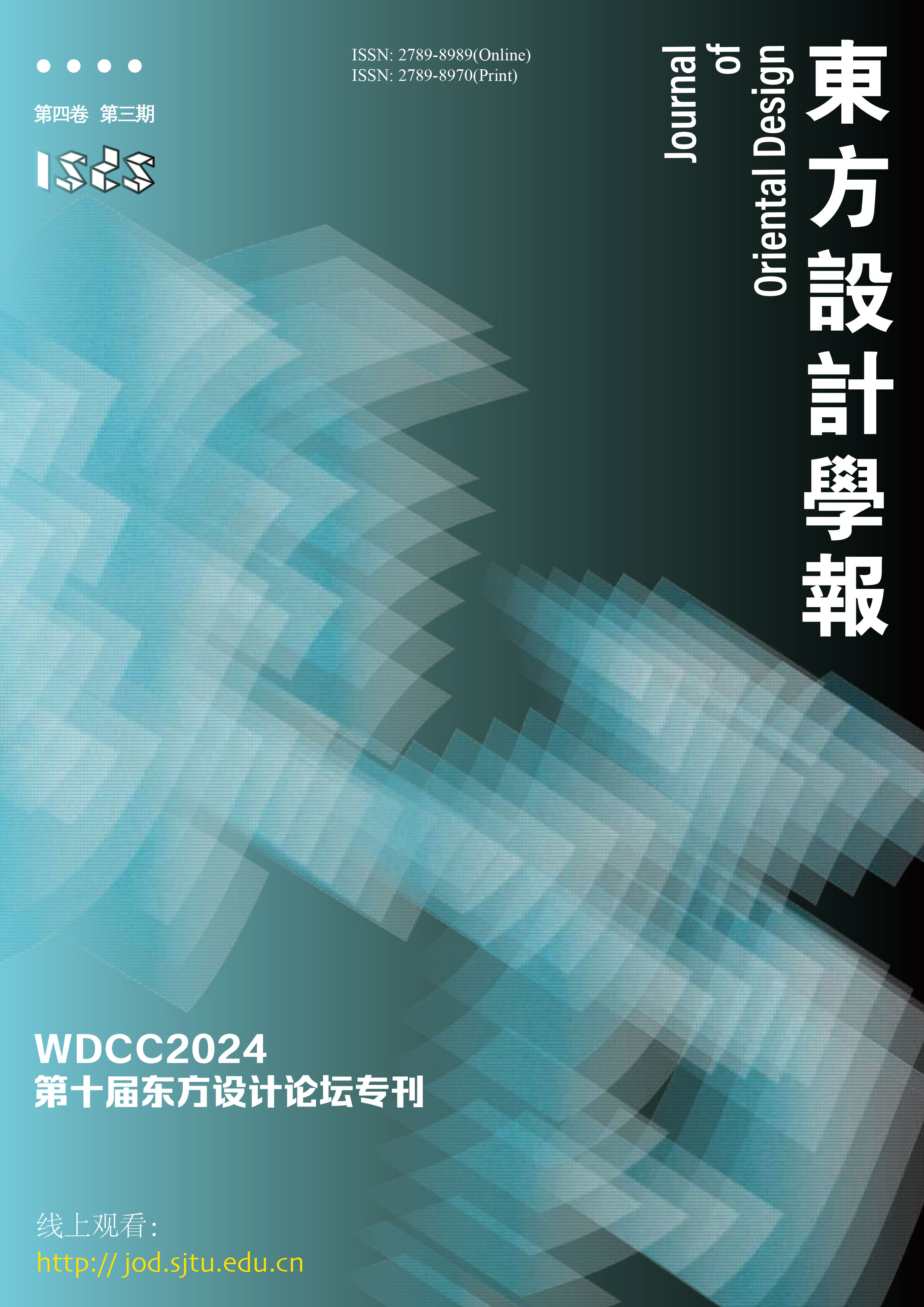
Improving the rural disabled care service system is necessary to enhance government service capabilities and social care, improve the quality of life and happiness index of disabled people, enhance their social participation ability, and solve the practical difficulties of rural care service centers;At present, major achievements have been made such as the diversification and precision of childcare service methods, the effective improvement of the comprehensiveness and effectiveness of childcare service projects, and the continuous improvement of the quality of life for rural disabled people; However, it still faces difficulties such as inadequate childcare facilities, shortage of personnel with low professional quality, insufficient funds with unreasonable allocation, and low service quality; The cause lies in "insufficient policy support, prominent supply-demand contradictions, low staff quality, and low social participation". Strategies such as "strengthening the formulation, implementation, and supervision of relevant policies, improving relevant service facilities, enhancing the quality of relevant personnel, expanding social participation entities, and strengthening the research and application of relevant technologies" should be adopted to address this issue.
In urban development, the phenomenon of social spatial differentiation is a prominent issue in the context of globalization and political and economic transformation. Represented by the two typical settlements of human production and life, urban and rural areas, this is manifested in the uneven distribution of various resource elements between urban and rural areas. Based on this, this article focuses on the spatial transformation of social issues, focusing on the "new cities" in the urban-rural transition zone of metropolises. It explores the "ecological transformation" and "cultural transformation" of new city construction, focusing on the ecological value demands of spatial justice, the comprehensive development of human freedom, and the practice of ecological civilization construction. It explores the strategies for the construction of Shanghai's five major new cities and the integration of urban and rural development.
To solidly promote all-round rural revitalization is an urgent need in the new stage of the country's economic and social development.Taking Zhijiang Village in Jiande City, Zhejiang Province as an example, using spatial remodeling as a new perspective for rural revitalization, based on excavating the natural endowments of Zhijiang Village and the connotations of the local rice farming culture, it integrates the theory of heart-flow with the design of shared space to create a leisure tourism and cultural space. Adopting Kano model to research on tourists' needs and clarify the key design elements, we propose a shared space design strategy supported by the flow theory to address the challenges of space design in Zhijiang Village. In order to stimulate tourists' flow experience through the practice of space design, to enhance spatial adhesion, to empower the development of rural culture and tourism, to drive the endogenous growth of the countryside, and to expand a new idea for the construction of beautiful villages.
The ancient poetry condensed by the rural landscape and the poet's spirit is the aesthetic symbol of the living environment of Jiangnan water village. With the integration and modernization of the Yangtze River Delta megagglomerations, the poetic and picturesque nature of the settlements in Jiangnan River villages is gradually dissipating. Based on the thought system of environmental aesthetics in ancient China, this study analyzes the aesthetic characteristics of "naturalness" and "artificiality" in the ancient poems of South China. And through the quantitative means of text mining technology, the image elements of "environment-human settlement" in Jiangnan water towns are analyzed. The results show that the environmental elements such as mountains, rivers, sun and moon, flowers and trees, together with the human settlement elements such as villages and fields, constitute eight types of "environment-human settlement" landscape of "willows - banks, bamboo - thatches, green water - homes, green mountains - villages, lakes - terraces, river-boats, rice - farmland, and forest - fields" in Jiangnan water villages. Finally, on the basis of this, the author puts forward the poetic expression path of "environment-human settlement" from three aspects: landscape painting, flower and wood scene and pastoral interest, which provides guidance for the protection of landscape image of Jiangcun and the scene construction of poetic dwelling.